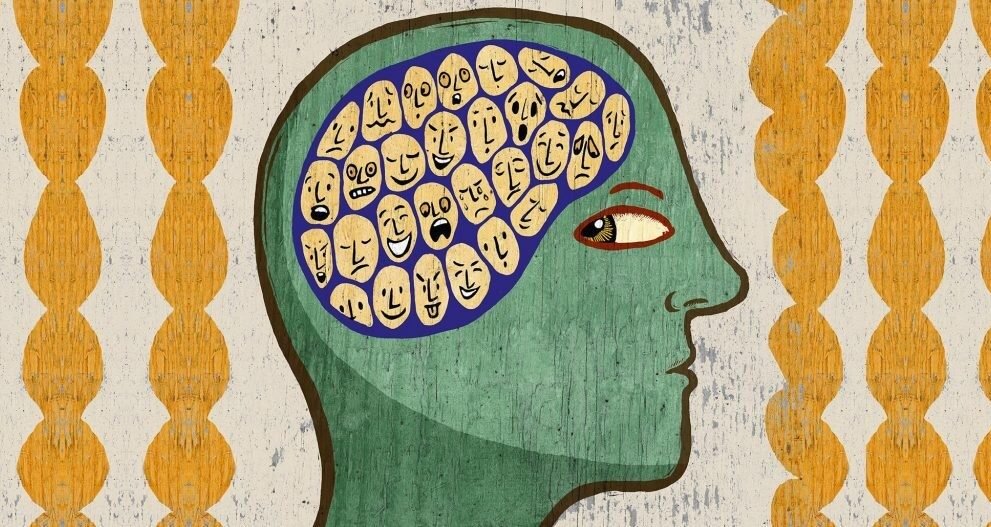What Is Trauma Systems Therapy?

When it comes to addressing trauma, especially in children and adolescents, Trauma Systems Therapy (TST) stands out as a groundbreaking approach. Unlike traditional therapies that focus solely on the individual, TST takes a holistic view, recognizing that trauma doesn’t exist in a vacuum—it’s deeply intertwined with a person’s environment, relationships, and systemic support structures. Developed by Dr. Glenn Saxe and his team, this model integrates clinical treatment with real-world interventions to create a safety net for those affected by trauma.
For many Americans dealing with the aftermath of abuse, neglect, or community violence, Trauma Systems Therapy offers more than just coping mechanisms—it provides a structured pathway to resilience. But how exactly does it work, and why is it so effective? Let’s dive deeper.
How Trauma Systems Therapy Works
1. A Dual Focus: Healing the Person AND Their Environment
Traditional trauma therapies often zero in on internal coping strategies, but Trauma Systems Therapy goes further by addressing both the individual’s emotional state and their surrounding systems—family, school, and community.
“If we only treat the mind and ignore the environment, we’re missing half the battle.”
—Dr. Glenn Saxe, Creator of TST
For example:
- A child exposed to domestic violence gets CBT for emotional processing.
- Their family receives counseling to break harmful cycles.
- Schools and social services reinforce safety measures.
This dual approach ensures healing isn’t just about managing symptoms—it’s about fixing the system that perpetuates trauma.
2. A Phased Treatment Plan for Lasting Recovery
TST follows three structured phases, adapting as the patient progresses:
- Safety-Focused Phase: Stabilizing the immediate environment to prevent re-traumatization.
- Regulation Phase: Helping the individual manage overwhelming emotions.
- Beyond Trauma Phase: Building long-term resilience and healthy social integration.
This step-by-step method ensures no critical recovery step is missed.
Why Trauma Systems Therapy Is So Effective
1. Backed by Science & Real Results
Studies in The Journal of Child Psychology and Psychiatry show that kids in TST programs have significantly lower PTSD symptoms than those in standard therapy.
2. Fixes Systemic Failures (Where Other Therapies Fall Short)
Many Reddit users in mental health forums share frustrations:
“I did years of therapy, but going back to the same abusive home made progress impossible. TST would’ve helped because it tackles the root problem, not just symptoms.”
This is why TST’s systemic approach is revolutionary—it doesn’t just ask, “How can this person cope?” but also, “How can we change the toxic environment causing their pain?”
3. Works Everywhere—Schools, Foster Care, Clinics
- Schools: Teachers trained in TST reduce suspensions by understanding trauma-driven behaviors (e.g., outbursts = fear, not defiance).
- Foster Care: Coordinates foster parents, caseworkers, and therapists for stable placements.
- Community Health: Includes practical support (housing, food, legal aid) often ignored in traditional therapy.
Challenges of Trauma Systems Therapy
While highly effective, TST isn’t without hurdles:
- Resource Intensity: Requires funding & collaboration between therapists, schools, and social services.
- Training Barriers: Not all clinicians are TST-certified, limiting access.
But advocates argue: The long-term benefits—fewer hospitalizations, better school performance, stronger families—make it worth the investment.
Conclusion: The Future of Trauma Recovery
Trauma Systems Therapy isn’t just another treatment—it’s a movement. By healing both the person and their environment, TST offers a compassionate, complete solution where traditional therapy falls short.
As mental health care evolves, TST could revolutionize trauma treatment—ensuring no one has to heal in a broken system. The takeaway?
Real healing isn’t just fixing what’s broken inside—it’s rebuilding the world around us.
































































































































































































































































































































































































